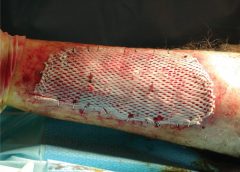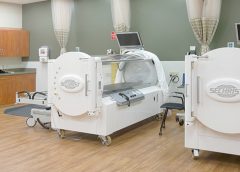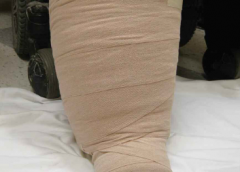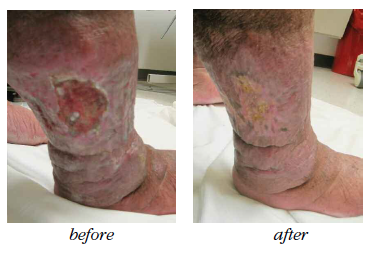Research shows that a skin-graft harvesting system aids chronic wound recovery and reduces care costs by accelerating the healing process.
More than six million cases of chronic wounds cost $20 billion each year in the United States. Diabetic ulcers, pressure sores, surgical site wounds, and traumatic injuries to high-risk patients account for most wounds that won’t heal. (more…)
Read More








